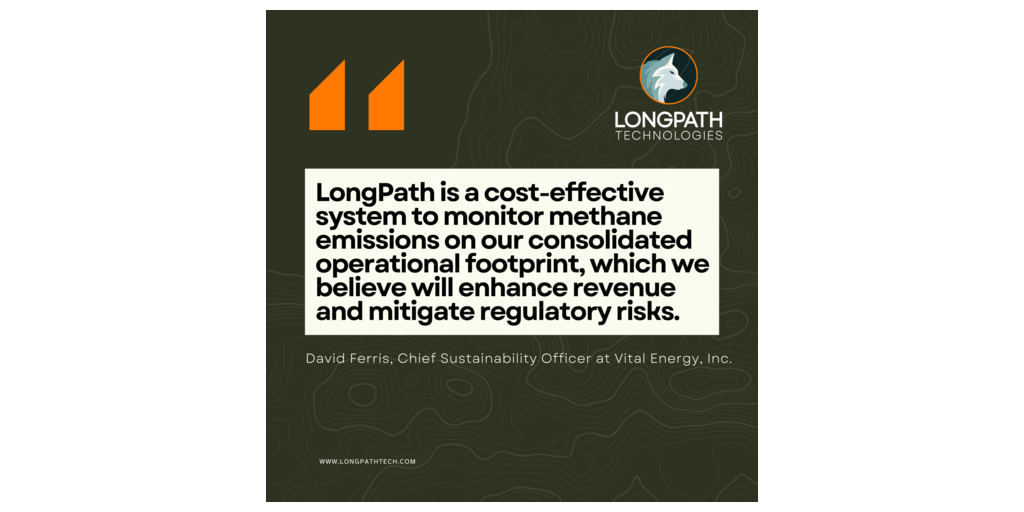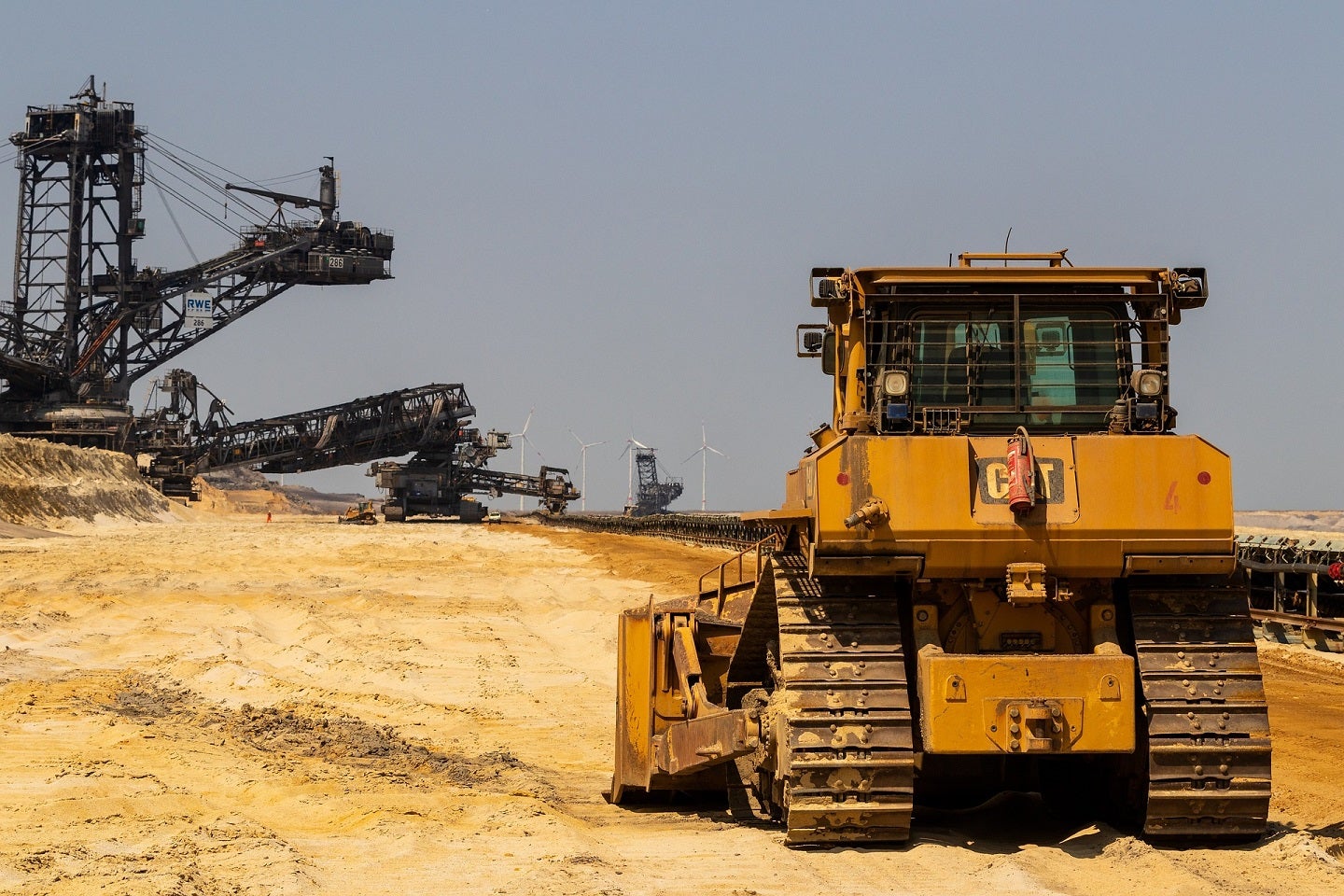BG&E Resources (BGER) chats with principal consultant – ESG (environmental, social and governance) Bindi Shah to gain a better understanding of operating a power grid as we move towards net-zero.
“It’s only after coming to Australia and working in the energy sector that I realised what it takes to keep the lights on,” Shah said.
Prior to joining BGER, Bindi worked with the Australian Energy Market Operator (AEMO) for four years.
AEMO operates the South West Interconnected System (SWIS), part of the Wholesale Electricity Market (WEM). It supplies electricity to over 1.1 million Western Australian homes and businesses each year.
“In a nutshell, the WEM is a market where customers create electricity demand and generators supply the need by bidding in the market – similar to the stock exchange,” Shah said.
“One of the unique features of the SWIS is the Reserve Capacity Mechanism (RCM) which ensures there is sufficient generation and demand side capacity to meet peak demand and avoid volatile price hikes.
“Security, reliability and cost are three words often associated with keeping the lights on. The energy sector has worked hard to focus on security and reliability but achieving the trifecta with cost is a challenge.
“The AEMO publishes the WEM Electricity Statement of Opportunity (ESOO) annually which provides a 10-year forecast of projected demand, and determines a Reserve Capacity Requirement (RCR) – this is the target for how much capacity must be made available to meet peak demand from market customers.
“The ESOO is also the document that sends signals to the market for the investment required to keep the lights on.
“The giant warning in the 2023 WEM ESOO is that urgent investment in big new electricity projects on WA’s SWIS is needed to meet a forecast shortfall. This is an understatement of 945 MW (megawatts) in 2025–26 and around 4000MW by 2032–33.
“For context, this is a significantly different outlook from the 2022 WEM ESOO where the additional capacity requirement was expected to begin in 2025–26 and reach 303MW by 2031–32.”
Rising electricity demand
The rapid energy transition is now fuelling extraordinarily strong forecast growth in electricity demand compounded by the transition to new, lower-emissions sources of supply and managing the phase out of coal-fired generation.
“As consumers, we are experiencing the pressure of rising electricity costs,” Shah said. “Up to now, installing rooftop solar panels has been touted as one of the best ways to reduce power bills and make your household more sustainable.
“But, operating the traditional grid is prone to huge swings in demand due to these rooftop solar installations together with cloud cover, ramping timings of thermal generators, planned and forced outages, frequency, inertia are just some of the day-to-day aspects managed by AEMO to keep the lights on.
“New technology integration has its own challenges and opportunities; however, it will be the development and implementation of legislation, policies and procedures that is going to be massive.
“Approvals times, having poles and wires in areas of proposed projects is also another potential hurdle.”
Read the full story on the BGER website.




